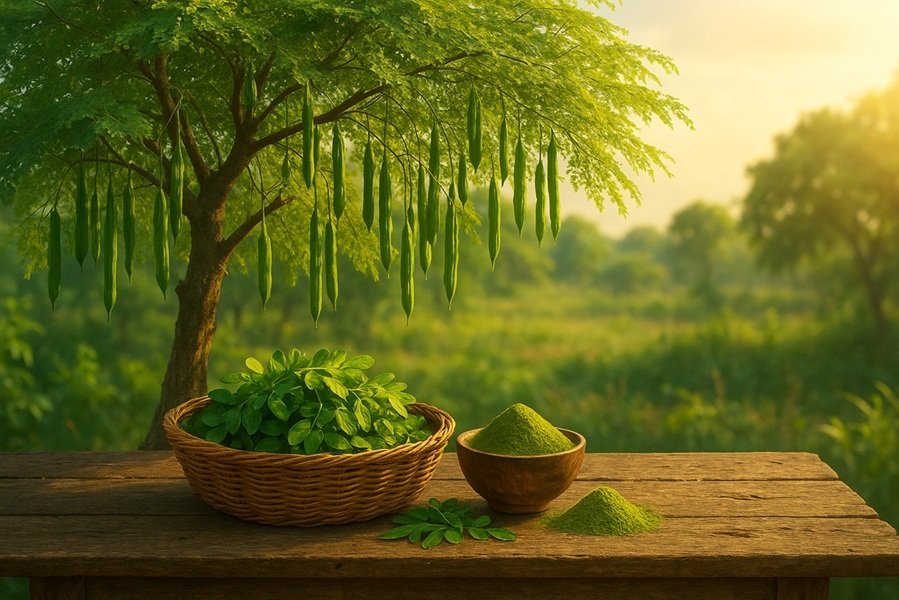
Introduction
Rumali Roti is a soft, ultra-thin flatbread commonly served with rich Mughlai and North Indian gravies. Its name means “handkerchief bread” in Hindi/Urdu — a nod to its lightweight and foldable texture, similar to a fine cotton cloth. But beyond its delicate taste and presentation lies a fascinating story of royal kitchens, culinary innovation, and cultural symbolism. So, why was Rumali Roti created? Let’s explore its origin, purpose, and legacy in detail.
What is Rumali Roti?
Before diving into its origins, let’s understand what makes Rumali Roti special:
- Very thin and soft flatbread
- Made with a mix of refined flour (maida) and sometimes wheat flour (atta)
- Stretched or tossed until it becomes almost transparent
- Cooked on the convex side of a hot iron wok (upside-down tandoor-like surface)
It is served folded like a handkerchief and usually accompanies kebabs, kormas, and tandoori dishes.
Where and Why Was Rumali Roti Created?
Origin: The Mughal Era
Rumali Roti was created during the Mughal Empire in India (16th–19th century). The Mughals were known for their lavish feasts, grand kitchens (called “Bawarchikhanas”), and love for delicately prepared dishes. The creation of Rumali Roti was part of their larger culinary tradition of refinement, beauty, and harmony.
Why Was It Created?
The reasons for its creation are as rich as its taste:
1. To Accompany Mughlai Cuisine
Mughlai cuisine includes rich, heavy gravies like korma, butter chicken, and nihari, as well as succulent meats like kebabs and shami. Regular breads like naan or tandoori roti were too thick and could overpower the subtle spices and textures of the dishes.
✅ Solution: Rumali Roti — light, airy, and thin — was ideal for mopping up sauces without masking the flavor of the dish.
2. For Royal Presentation and Prestige
In the Mughal court, food wasn’t just sustenance — it was a form of art and status. Rumali Roti’s delicate appearance and the skill required to prepare it made it a dish worthy of nobility.
- Its softness and translucence added a sense of luxury and elegance.
- Folding it like a handkerchief made it a visual and symbolic delight, aligning with the aesthetic culture of the Mughals.
3. To Showcase Culinary Skill
Making Rumali Roti requires a high level of technique:
- The dough must be perfectly kneaded and rested to allow stretching.
- It must be tossed skillfully in the air like pizza dough to become tissue-thin.
- It is cooked quickly on an inverted, searing-hot metal surface.
This process made it a showstopper dish — often prepared by specialized chefs (bawarchis) during royal banquets.
4. Inspired by Persian and Central Asian Influences
The Mughal kitchen was heavily influenced by Persian, Turkish, and Central Asian culinary practices. Flatbreads like lavash and yufka (used in Iran and Turkey) bear resemblance to Rumali Roti in both texture and preparation.
Thus, Rumali Roti likely emerged as a local Indian adaptation of these Central Asian breads, modified to suit the Indian palate and cooking style.
The Name: “Rumali” = Handkerchief
The name “Rumali Roti” comes from the Urdu word “rumal” (रूमाल / رومال) meaning handkerchief. The roti is:
- So thin and foldable that it resembles a cotton cloth
- Often presented folded or rolled, just like a rumal
This not only highlights the texture but also connects it to royal etiquette, where cleanliness, fine fabrics, and presentation were prized.
Modern Adaptation and Popularity
Though it originated in royal kitchens, Rumali Roti has become a popular street food and restaurant item across:
- India (especially Delhi, Lucknow, Hyderabad, Kashmir)
- Pakistan
- Bangladesh
- Middle Eastern restaurants globally
It is commonly served with:
- Seekh kebabs
- Butter chicken or mutton korma
- Tandoori platters
- Paneer dishes in vegetarian versions
How Is Rumali Roti Made Today?
Ingredients
- Maida (refined flour)
- Optional: wheat flour (atta) for some firmness
- Salt, oil/ghee, milk or yogurt (optional for softness)
- Water to knead
Process
- Dough is kneaded and rested.
- Dough balls are rolled, then tossed or stretched by hand into a paper-thin circle.
- Cooked on the convex side of a hot iron wok or a large steel dome.
📝 Tip: The high heat ensures the bread cooks in just a few seconds without drying out.
Cultural and Culinary Significance
- Symbol of culinary finesse
- A reminder of India’s royal gastronomic heritage
- Still considered a premium bread in restaurants
- Used in fusion dishes, such as wraps and rolls
In modern Indian pop culture, Rumali Roti is iconic, often evoking nostalgia and grandeur at weddings, feasts, and food festivals.
Conclusion
Rumali Roti was created as a refined flatbread to complement the richness of Mughlai cuisine. Born in the royal kitchens of the Mughals, it symbolized elegance, precision, and indulgence. Today, it continues to be a beloved bread — soft, thin, and always impressive. Whether in a fine-dining restaurant or a street-side kebab stall, Rumali Roti is a testament to India’s rich culinary history and its remarkable ability to blend art with flavor.





